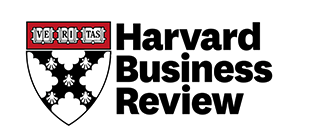People and talent analytics + financial and operational metrics: A complete picture to power enterprise performance

Many people use the terms “people analytics” and “talent analytics” interchangeably, but they mean slightly different things. People analytics focuses on workforce metrics (e.g., work schedules, productivity, attrition, sales). In comparison, “talent analytics” is more about employees’ experiences moving through an organization’s talent processes (e.g., recruiting metrics, employee engagement, career development, career mobility, etc.). Either way, the word “analytics” is key because it means the organization studies aspects of the business that involve humans to see how they relate to business and employee success.
Talent and people analytics provide employee experience insights
Employee experience is at the center of any successful enterprise, especially now. If leaders don’t have insights from people and talent analytics, they have a blind spot about what is really happening in the business. Employee engagement, for example, is directly related to customer experience and business profitability. Therefore, it should be measured regularly and used as part of overall business intelligence.
You cannot run a human-centered enterprise if people and talent analytics are not part of your regular strategic business assessment. For example, one of my clients observed that gross margins were two percentage points higher in the parts of their business where employees were more engaged than the rest.
These ideas matter for businesses of all sizes
Small businesses can use these same ideas by measuring and tracking things like turnover patterns, employee judgments about manager effectiveness, and customer experience. Then, they should study how those changes relate to their revenues and other financial/operational outcomes. In other words, look at the financial data and also look at the human data simultaneously. That will give you clues about the tweaks needed to enhance overall enterprise effectiveness. For example, you may need to train your managers to behave differently than they do today. Or, you may need to figure out which parts of the work (and which managers) have employees who are experiencing burnout. You cannot get these insights using only financial and operational metrics. You need people analytics to complete the picture.









